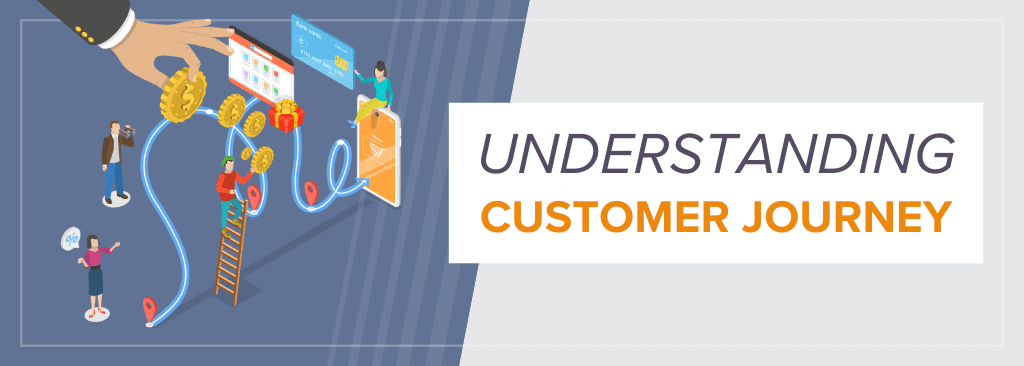Understanding the Customer Journey Is Critical to Bettering Customer Experiences
Have you ever received a call from a health insurance company asking for a few minutes to explain their offerings?
In reality, you are already their customer, and your mobile number is the registered number for the insurance you bought from them.
I just took the insurance case here as an example, and I am sure this happens with every other vertical.
Why Does This Happen?
Good data leads to good insights.
With data silos, you end up with fragmented insights.
This is why we receive calls from brands that try to convert you into a customer when you are already a customer.
Shouldn’t organizations have one view of their customers (same data set across channels and interfaces) across the entire customer experience (CX) landscape?
Are we there yet?
We are getting there – slowly but steadily. With Artificial Intelligence (AI), it is getting accelerated.
The customer journey is the key aspect of providing better customer experiences.
How Is the Customer Journey Related to the Customer Experience?
Let me explain this with an analogy.
Let us say you plan a road trip. The customer journey is the map that outlines your route, with each stop along the way representing different touchpoints and interactions you have with a brand.
Now, let us talk about the car you are driving. This car is the customer experience.
It is not just about getting from point A to point B. It is about how comfortable the ride is, whether it meets your needs, and how enjoyable the journey is as a whole.
In business, the customer journey is the route your customers take, from awareness to destination, which ideally is a long-lasting, loyal relationship. The customer experience, on the other hand, is the vehicle that carries them through this journey. It encompasses every interaction, every pit stop, and every moment of truth where the customer forms an impression about your brand.
Just as you’d want a comfortable, reliable vehicle for your road trip, customers want a seamless, enjoyable experience from start to finish.
Do We Understand the Customer Journey?
The customer journey starts the first time a customer visits your website, views your ad, downloads the mobile app, or someone provides a reference. It encompasses exposure to the brand, awareness, research, purchase, service, and support.
A Contact centers solution can address the latter half of the journey. However, they need information from the journey’s earlier half to make the experience worthwhile and memorable.
Let us break this down and map the customer journey.
- As a business, you would have created your target customer personas to represent different segments of your target audience. Understand their needs, preferences, wants, desires, and behavior at each journey stage. This would allow you to personalize and tailor your approach.
- Identify all the touchpoints where customers interact with your brand. These can be online, like your website, social media, email, or offline, like in-store visits, customer service, and support calls. See if you can also identify the sequence in which the interactions happen and what they do in those interactions.
- Collect customer feedback at all touchpoints. Use social media mining & monitoring, website traffic analysis, surveys, reviews, and interviews to understand the stated and the unstated. Pay close attention to their concerns and what they value the most.
- Ensure you analyze all the data you collect and transform them into insights that lead to trends and patterns in customer behavior. This is the most important part of the journey by which you will be able to better the customer experiences you offer.
- Maintain cross-channel consistency when it comes to CX. If you cannot service a channel, don’t offer that as a choice. Ensure that you service all the channels consistently so your customer experience can be consistent.
- Customer journey evolves as customers mature – their preferences and technologies change. Regularly revisit your customer mapping and data to adapt and improve the customer journey.
- Experiment with changes in your customer journey and test the impact. This would allow you to improve them for your customers.
Understanding the customer journey is an ongoing process and should be at the core of your customer-centric strategy.
By aligning customer experience with the customer journey, you are crafting a customer experience that leaves a lasting and positive impression, turning your customers into your brand ambassadors.
